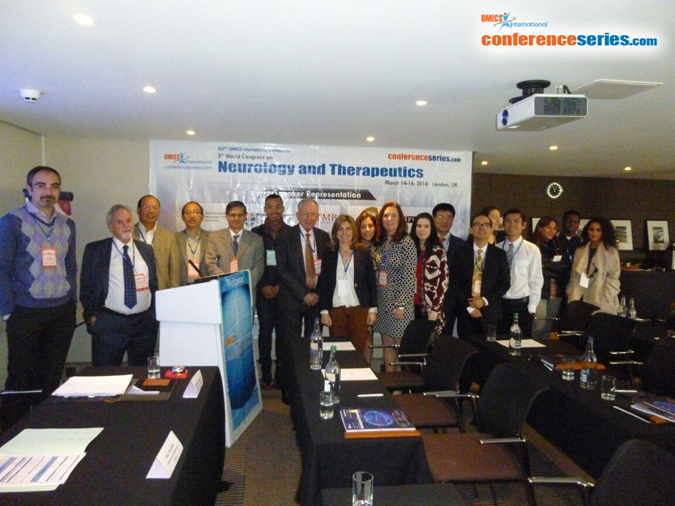Suzanne L Tinsley
Louisiana State University, USA
Title: Immediate biomechanical changes in response to functional electrical stimulation of peripheral nerves in patients with neurological impairments
Biography
Biography: Suzanne L Tinsley
Abstract
Individuals that suffer from neurological deficits often experience foot drop and knee instability during gait, related to a lack of active control of lower extremity muscles. These impairments combined, significantly hinder gait activity and may place the individual at an increased risk for falls. In order to compensate, individuals will often develop compensatory movements that often produce a greater energy cost. Common solutions for foot clearance and knee instability are the use of an ankle-foot orthosis (AFO) and/or functional electrical stimulation (FES) on lower extremity musculature. Advancements in technology have produced FES systems for the lower extremity that can produce a functional gait cycle. This descriptive study evaluates the BioNesss L-300 Plus® system effectiveness for individuals with neurological gait deficits. Two participants with neurological impairments, using a repeated measures within-subject design, took part in one session of motion analysis data collection measuring joint angles at the hip, knee and ankle. The resulting joint angles were compared during 4 phases of the gait cycle in three different environments: without FES, with BioNesss L-300® (calf only), and with BioNesss L-300 Plus® (calf and thigh). Study results indicate improved joint angles and more activity in hip musculature with the using the BioNesss L-300 Plus® system for both participants as well as immediate improvements in gait speed. These findings indicate a possible improved and more efficient gait pattern, as well as more appropriate joint angles in all phases of the gait cycle by utilizing both the BioNesss L-300 Plus® system

